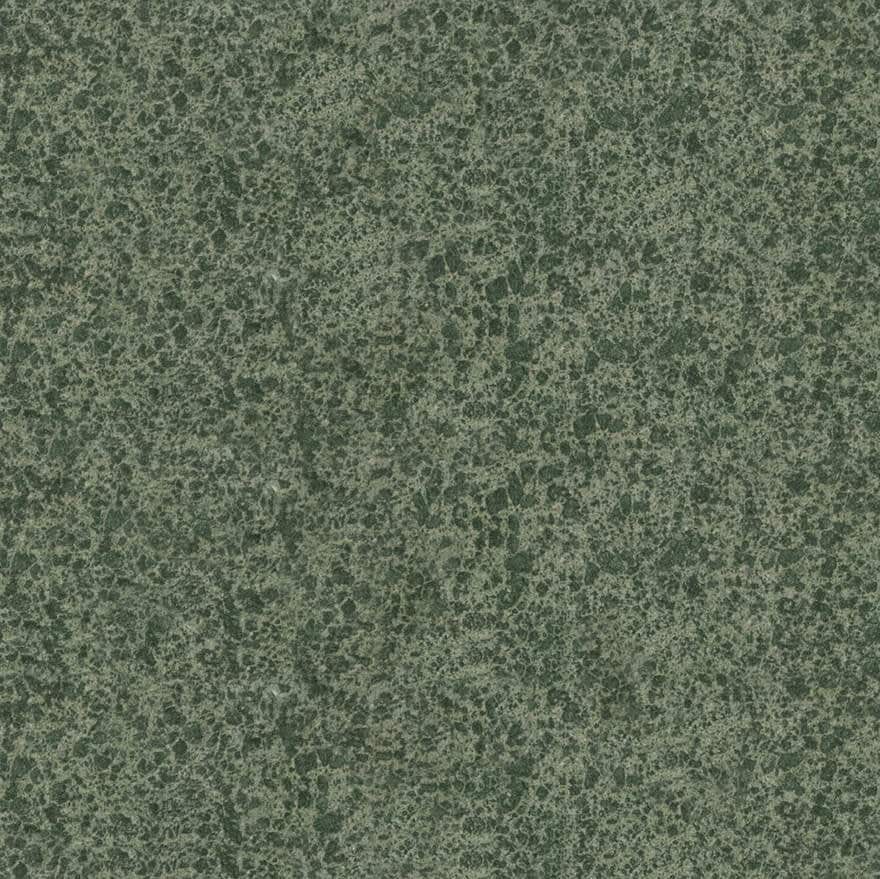While he was intent on pursuing his handsome Masters in Product Design at RCA, Erik de Laurens he was trying to create a new sustainable material.
A noble intent, there is no doubt, which led him (like his fellow French industrial designer Violaine Buet) towards the ocean. Laurens “identified fish scales as a promising raw material,” we read on one page on the website of his company.

Fish scales, a rather underestimated food waste
Fish scales are a waste product. I'll rephrase: a WASTE of the fishing industry, available in large quantities and absolutely undervalued.
When Laurens learned that fish scales contain a natural polymer, a light bulb went on.
First he looked for and discovered a process to extract this polymer, then he found a way to mix it with the mineral elements present in the same scales.

Scalite, the “fish” stone is born
The dust resulting from the mixture of scales and minerals has been compressed into sheets or tiles, which have qualities very similar to those of stone.
Laurens called the material Climb, referring to Bakelite and other early plastics. In the meantime he graduated, and today runs a company with the same name, selling the material to scales in the form of furnishing tiles.


It looks like Columbus's egg, doesn't it?
La Scalite is 100% bio-based, and there are no chemicals needed for its production.
It comes from a waste product, fish scales, which nobody wants. It has great environmental credentials and is also pretty on the eye.

When will the first Scalite coverings for mass-market furnishings arrive?


